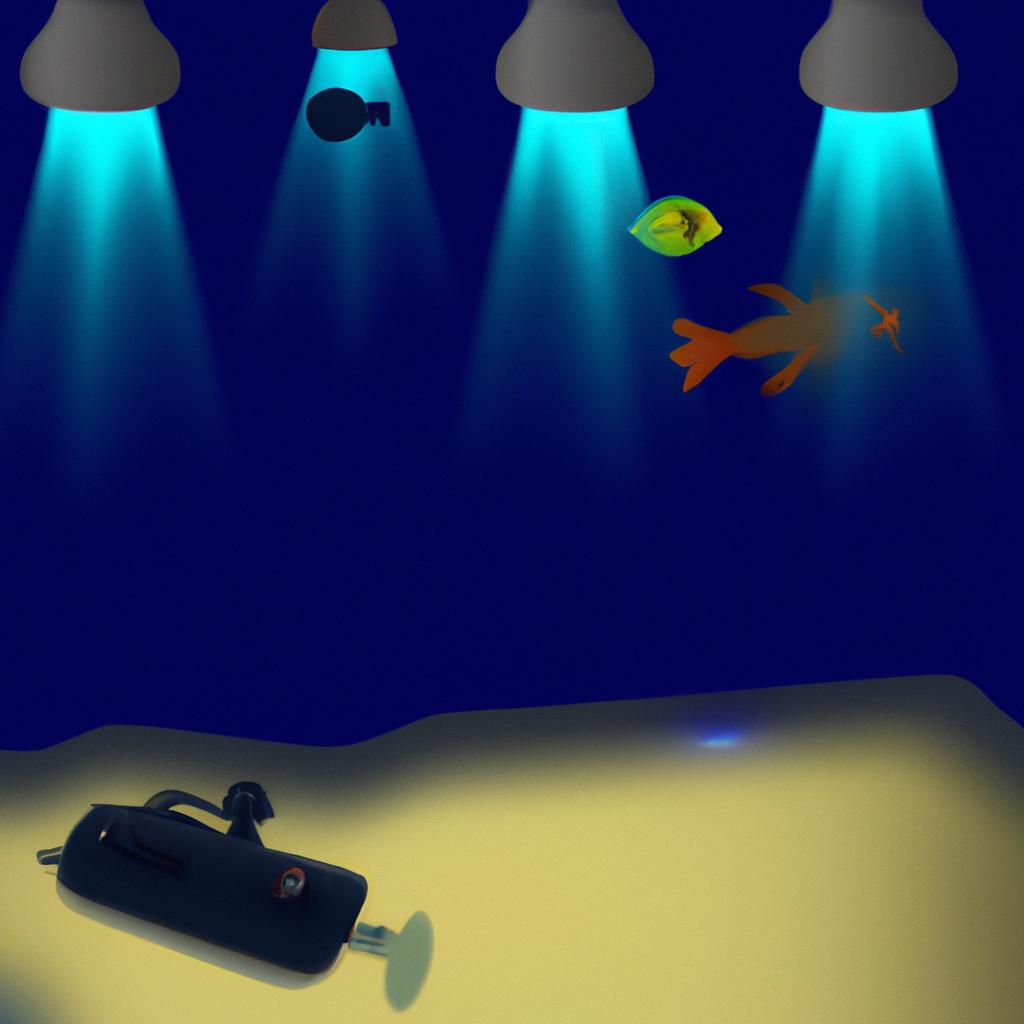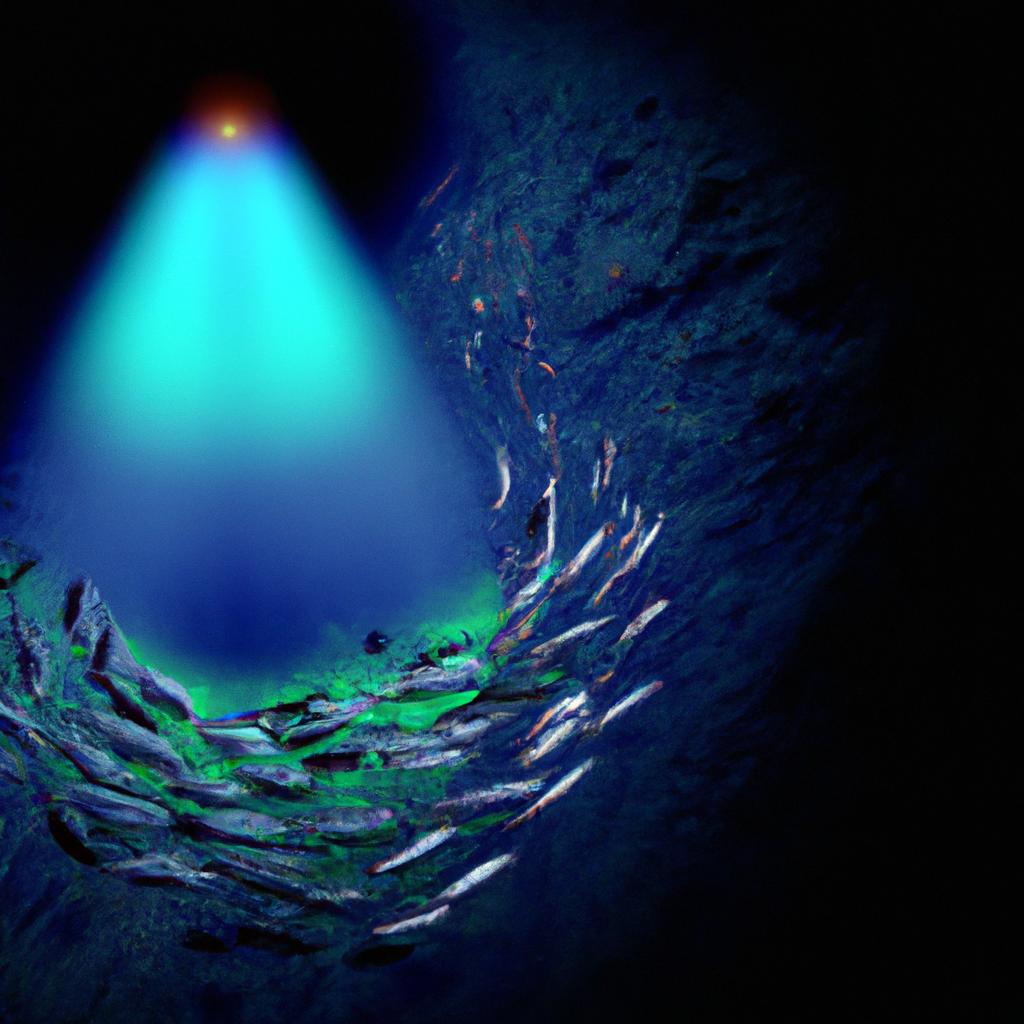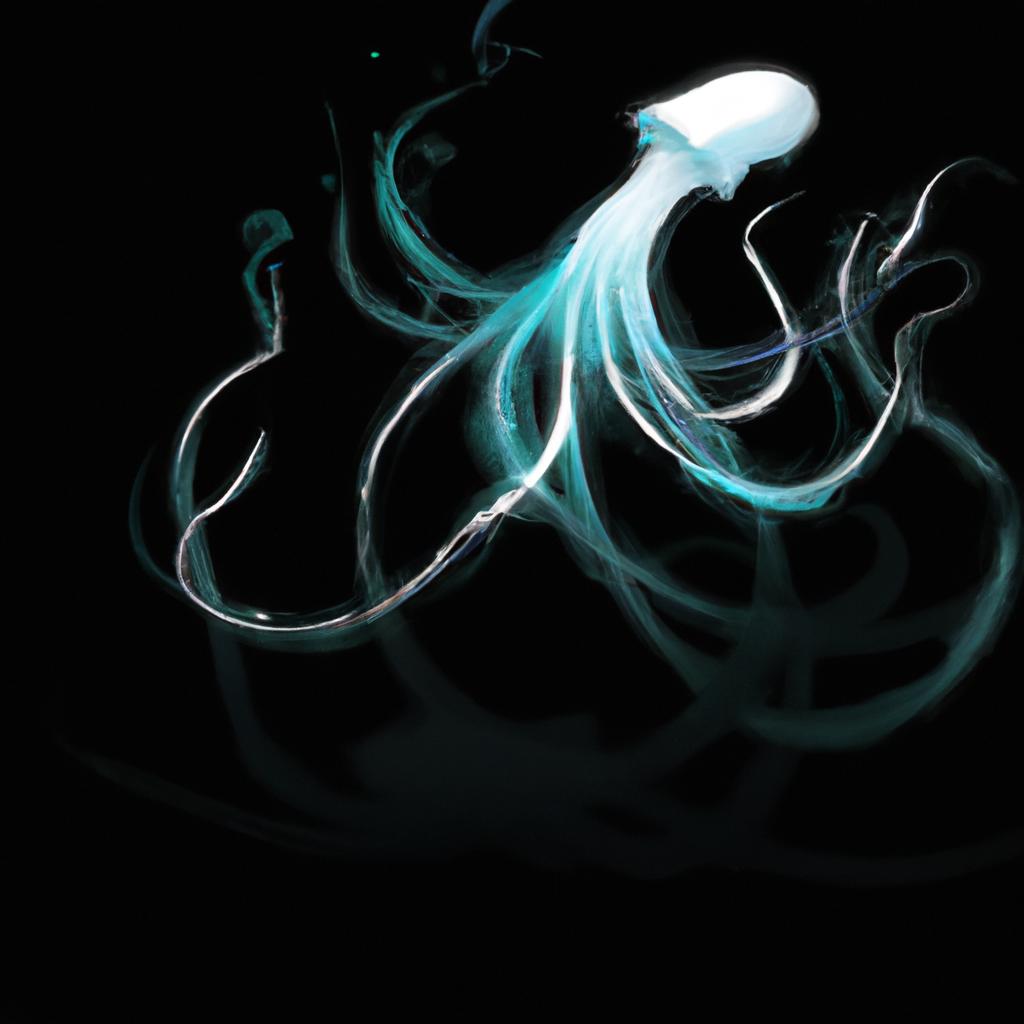Have you ever pondered what lies at the bottom of the ocean? The deepest abyss is a captivating and enigmatic realm, with depths that remain largely uncharted. In this article, we will plunge into the world of the deepest abyss, unraveling its definition, significance, and the history of its exploration.
Defining the Deepest Abyss
The term “deepest abyss” refers to the deepest parts of the ocean floor. These areas are primarily found in ocean trenches, which are elongated and narrow depressions in the Earth’s crust. The depth of the deepest abyss varies across locations, with some trenches plunging to more than 36,000 feet.
Understanding the Significance
Exploring the deepest abyss holds immense importance for several reasons. It allows us to gain better insights into the Earth’s geology and the processes that shape our planet. Additionally, it provides valuable information about the ocean’s ecosystems and the creatures that inhabit them. Furthermore, studying the deepest abyss aids us in developing new technologies and materials capable of withstanding extreme conditions, which could have far-reaching applications in fields such as medicine and engineering.
A Brief History of Exploration
Humans have been venturing into the ocean for centuries, but only in the 20th century did we begin comprehending the depths. In 1960, the bathyscaphe Trieste etched its name into history when it descended to the bottom of the Challenger Deep, the lowest point in the Mariana Trench. Since then, numerous expeditions have been launched to explore the deepest abyss, employing advanced technologies like remotely operated vehicles (ROVs) and autonomous underwater vehicles (AUVs).
Join me as we plunge deeper into the world of the deepest abyss, exploring the unique characteristics of each trench and the groundbreaking discoveries made along the way.
The Challenger Deep
Location and Marvels
The Challenger Deep sits within the Mariana Trench, making it the deepest known point in the ocean. Located in the western Pacific Ocean, it lies approximately 200 miles southwest of Guam and reaches a depth of about 36,070 feet. Stretching over 1,550 miles, this trench is notorious for its extreme pressure and absolute darkness.

A robotic submersible captures footage of deep sea creatures in the abyss.
Explorations and Challenges
The Challenger Deep has been the subject of numerous expeditions, yet it wasn’t until 1960 that humans first touched its depths. Jacques Piccard and Don Walsh etched their names into history as they descended to the bottom of the trench in the bathyscaphe Trieste. Subsequently, further expeditions to the Challenger Deep were launched, including filmmaker James Cameron’s iconic dive in 2012.
Due to its immense depth and crushing pressure, exploring the Challenger Deep remains an arduous and perilous task. Modern technologies such as ROVs and AUVs have allowed scientists to study the trench without risking human lives.
Unveiling Discoveries
Unveiling the secrets of the Challenger Deep has led to remarkable discoveries. Notably, scientists have found microbial life thriving at its lowest reaches. Moreover, new species of fish and other marine organisms, uniquely adapted to survive extreme conditions in the deep sea, have also been unearthed.
In addition to biological revelations, the study of the Challenger Deep has shed light on the Earth’s geology. Scientists have unearthed evidence of subduction, a geological process where one tectonic plate is forced beneath another. This knowledge contributes to our understanding of the formation of the Mariana Trench and other ocean trenches.
The Mariana Trench
Location and Wonders
Situated in the western Pacific Ocean, east of the Mariana Islands, the Mariana Trench holds the title of the deepest part of the ocean. Its maximum depth reaches approximately 36,070 feet, and the trench spans roughly 1,550 miles, flaunting a crescent-shaped contour.

A school of fish swimming around a glowing object in the abyss.
Venturing into the Depths
Since the first successful dive in 1960, the Mariana Trench has seen numerous manned and unmanned expeditions. Filmmaker James Cameron spearheaded the 2012 Deepsea Challenge expedition, pushing the limits of exploration in this realm.
Advanced technologies like ROVs and AUVs have opened up new frontiers in the detailed investigation of the Mariana Trench. Scientists can now collect samples of sediment and marine life from its depths without physically descending to the bottom.
Unearthing Marvels
The Mariana Trench harbors a diverse array of captivating creatures, including giant amphipods, sea cucumbers, and jellyfish. In 2019, researchers discovered a previously unknown species of snailfish, which they aptly named the Mariana snailfish.
Apart from unearthing new species, the Mariana Trench provides vital information about the Earth’s geology and tectonic activity. It serves as a prominent site for subduction, wherein one tectonic plate descends beneath another. This process plays a pivotal role in the formation of the Earth’s crust and the movement of continents over time.
The exploration of the Mariana Trench deepens our understanding of the ocean’s depths and the intricate processes that shape our planet. Come, let us embark on this continuing journey into the world of the deepest abyss.
The Kermadec Trench
Location and Characteristics
The Kermadec Trench stretches through the South Pacific Ocean, northeast of New Zealand, covering a distance of approximately 1,000 kilometers. Its depths exceed 10,000 meters. The trench takes its name from the Kermadec Islands, located northeast of its vicinity.
Venturing into the Unknown
The first exploration of the Kermadec Trench transpired in 1952, conducted by the HMS Challenger during an ocean floor survey in the South Pacific. Since then, several expeditions have ventured into the trench. In 2012, a joint expedition by the Japan Agency for Marine-Earth Science and Technology and the National Institute of Water and Atmospheric Research in New Zealand employed ROVs to explore its depths and collect samples of organisms residing there.
Unveiling Hidden Treasures
The Kermadec Trench boasts a diverse range of organisms, many of which are exclusive to the trench. Among its remarkable discoveries are giant amphipods, shrimp-like creatures that can grow up to 28 centimeters in length. Other inhabitants include deep-sea fish, crabs, and sea cucumbers.
Beyond its biological diversity, the Kermadec Trench is geologically significant. It belongs to the Pacific Ring of Fire, an area characterized by intense volcanic and seismic activity. Located at the boundary between the Pacific Plate and the Australian Plate, the trench is shaped by the gradual movement of these plates towards each other, resulting in both the trench and the surrounding volcanic activity.
Exploring the Kermadec Trench unravels invaluable insights into the geological and biological processes shaping our planet. As we venture further into the deepest abyss, we are bound to encounter even more mysteries of the deep.
The Puerto Rico Trench
The Location and its Mysteries
Nestled in the Atlantic Ocean, the Puerto Rico Trench claims the title of the deepest part of the Atlantic and the eighth deepest trench worldwide. It stretches over 800 kilometers from Puerto Rico to the Lesser Antilles.
Delving into the Depths
Scientific expeditions have been launched to explore the Puerto Rico Trench since the major exploration in 1952. The National Oceanographic and Atmospheric Administration (NOAA) conducted a significant expedition in 2012, utilizing ROVs and AUVs to study the trench’s geology and biology.
Discoveries in the Depths
The Puerto Rico Trench hosts an abundance of unique and diverse marine life. Researchers have identified several species endemic to the trench, including crabs, shrimp, and fish. Additionally, the trench harbors hydrothermal vents that support a variety of microbes adapted to survive in extreme conditions.
The Puerto Rico Trench stands as a captivating and significant region of the ocean. Continued exploration and study of this area promise to unveil further discoveries and shed light on the mysteries concealed within the deepest abyss.
Conclusion
In conclusion, the deepest abyss represents an enthralling and enigmatic realm that remains largely unexplored. By venturing into the depths of the ocean, we can enhance our understanding of our planet’s geology, ecosystems, and develop resilient technologies and materials suitable for extreme conditions.
The exploration of the deepest abyss has come a long way since the Trieste’s historic dive in 1960, yet there is still much to be discovered and learned. As we push the boundaries of exploration, it is crucial to remember the significance of preserving these unique and fragile ecosystems for the generations to come.
At TooLacks, our commitment lies in delivering the latest news and information about our planet’s natural wonders, including the deepest abyss. Stay tuned for further updates and discoveries as we continue our quest to explore the unknown depths of our oceans.
To know more about TooLacks, visit TooLacks.



